
AWC continues to do critical work on behalf of its members, and it is our pleasure to share with you some notable examples from this past year in sustainability, building codes and standards, fire service engagement, policy advocacy, and environmental regulations.
Click each issue below to get a short preview of AWC’s accomplishments in 2024.
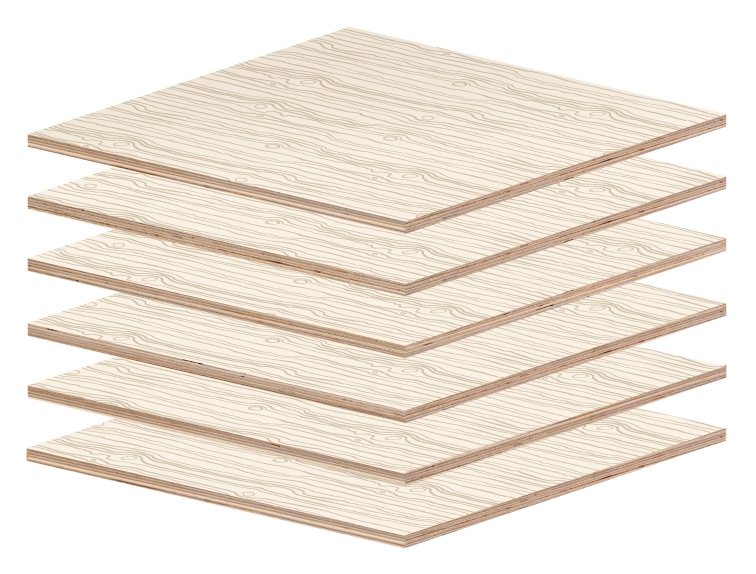
ISSUE 01
MARKETS & SUSTAINABILITY
AWC was awarded almost $7 million in grants to further data collection and development efforts for the U.S. wood products industry. We also released the industry’s first regional EPDs and successfully prevented harmful provisions in international and national standards.

ISSUE 02
CODES
With the multi-year 2027 I-code development process underway, AWC led the industry to success with 78% of the proposals being recommended for approval and 93% of threats modified or withdrawn. New updates to important calculators and publications increased accessibility to wood construction.

ISSUE 03
STANDARDS
AWC shared data from key WUI fire tests and shear wall tests to demonstrate the safety and resiliency of wood construction and push back against restrictive proposals. AWC also released three commentaries to accompany our 2024 standard editions.

ISSUE 04
FIRE SERVICE ENGAGEMENT
In response to feedback from the fire service, AWC developed an easy-to-use app that supports the fire service, construction managers, and building inspectors in their daily compliance checklists based on the 2021 International Fire Code.

ISSUE 05
ADVOCACY
AWC increased its efforts to support federal affordable housing policies, while our state affairs staff engaged in 15 states across the country on topics such as embodied carbon policies and wood construction restrictions.

ISSUE 06
ENVIRONMENTAL REGULATIONS
Our industry celebrated a win on the Boiler MACT decision after 30 years of AWC engagement and advocacy on the issue. AWC also remained proactive in our work with the EPA on PM NAAQS, including securing exclusions for wildfire and prescribed burns.

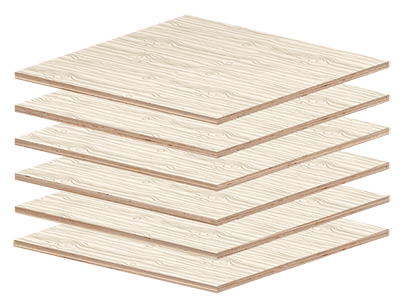
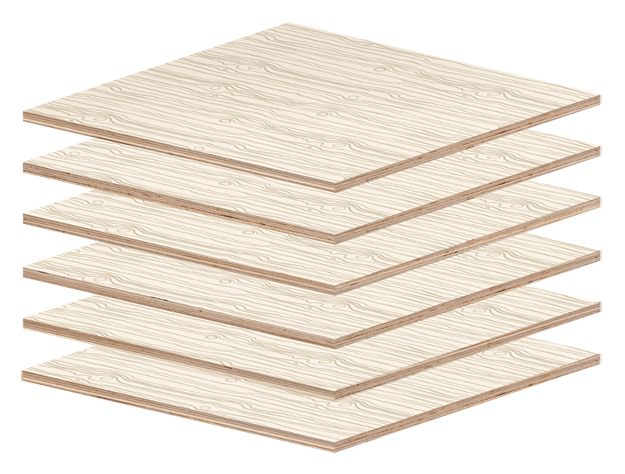

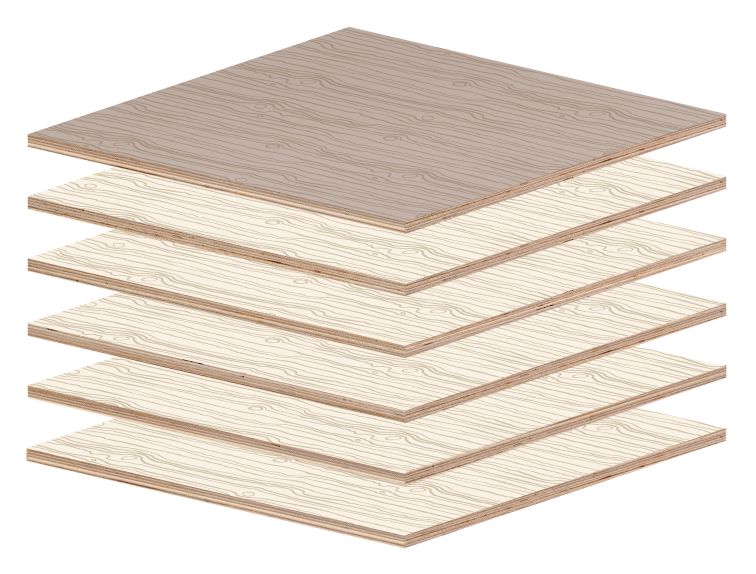

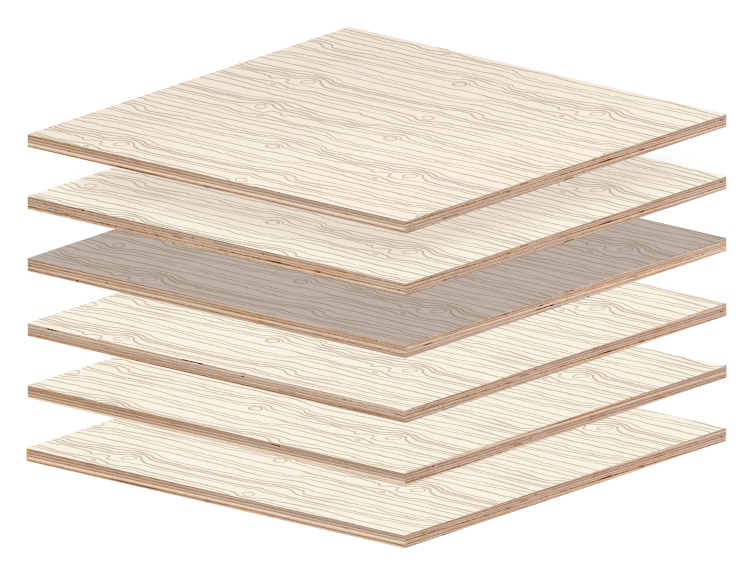
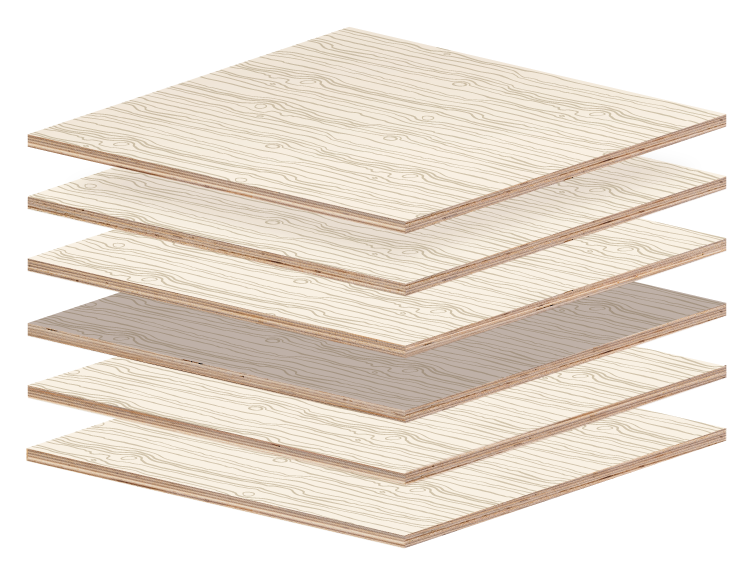
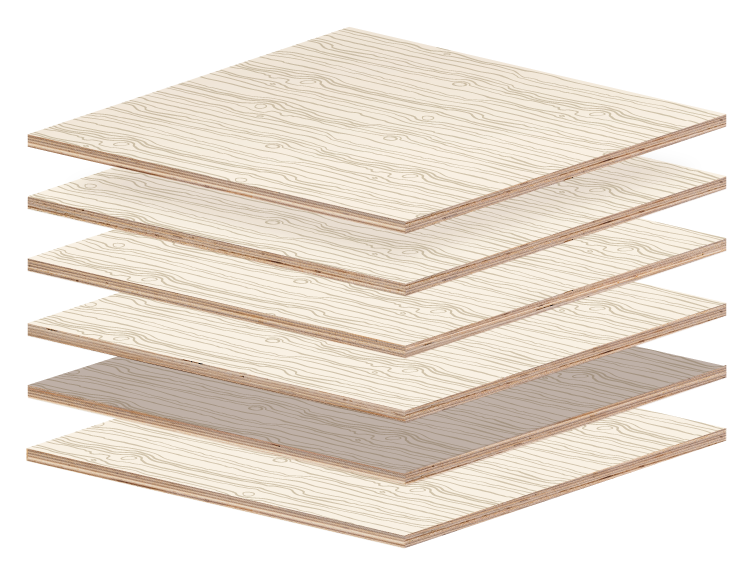
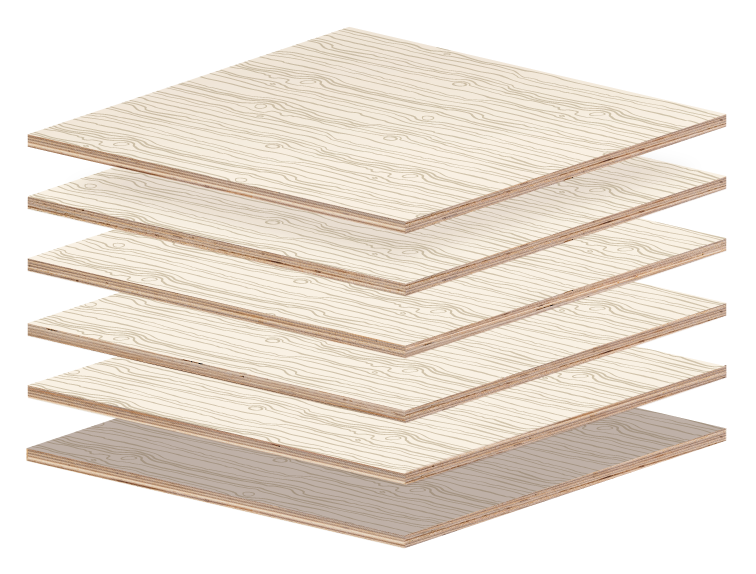
AWC has been awarded almost $7 million in grants from several organizations to support our work to strengthen the wood products industry’s data and protect market access.
AWC released three of four regional Environmental Product Declarations (EPDs) for U.S. softwood lumber. The release marks the first time the U.S. industry has developed and published regional EPDs, as previous industry average EPDs have only been North American in scope.
For the past two years, AWC staff have collaborated with international experts to develop the International Organization for Standardization (ISO) 13391 standards on greenhouse gas dynamics for wood products.
AWC successfully appealed “Addendum ak” to the ASHRAE 189.1 and the International Green Construction Code, which would have required the inclusion of a “Buy Clean”-like product procurement.
“Women of Carbon,” a documentary released in 2024, features AWC’s Vice President of Markets and Sustainability, Rachael Jamison, as one of the leading women of carbon who are working to decarbonize the built environment through research, construction, policy and advocacy.
The U.S. Forest Service (USFS) signed a Memorandum of Understanding (MOU) with the U.S. Endowment for Forestry & Communities, AWC, and other partners to “codify the cooperation between the parties to collaborate in and to support the creation of a USDA-sponsored digital platform hosting numerous tools that provide transparent, high-integrity forest and wood product carbon data through the whole of the value chain.”
This past year marked the start of the International Code Council’s (ICC) new, more extensive code development process. AWC has risen to the challenge, having reviewed over 1,400 code change proposals and comments related to the fire safety…
The Heights and Areas Calculator is now available as a downloadable app and an online platform. This was updated to include the mass timber construction types and a California-specific tab.
AWC has continued to assist states and jurisdictions with adopting the 2021 International Building Code (IBC) mass timber provisions…
AWC released three new 2024 wood design standards: the National Design Specification® (NDS®) for Wood Construction, Wood Frame Construction Manual (WFCM) for One- and Two-Family Dwellings, and Fire Design Specification for Wood Construction (FDS). Commentaries for each of the standards were also completed in 2024.
30,799
EVENT ATTENDEES
107
EDUCATION EVENTS
AWC continues to battle efforts to ban building materials in wildland urban interface (WUI) zones through the use of data…
Recent claims in the seismic design community have suggested that the presence of gypsum wallboard (GWB) panels may diminish the performance of wood frame buildings braced with wood structural panel (WSP) shear walls…
AWC utilized its monthly webinar offerings to highlight the significant changes to our 2024 NDS and 2024 WFCM design standards…
AWC released a new app designed to help make fire safety inspections on construction sites more accessible and safer. The Construction Fire Safety Checklist, or CFS Checklist, contains a daily fire inspection checklist…
The Fire Service Engagement team continued to build strategic relationships with fire services nationwide, in part by establishing themselves as a resource in the event of a construction fire….
The AWC Board approved a significant change to the “Advocacy” portion of AWC’s Strategic Plan. The revised language reflected an overall direction from the members to take a more comprehensive and proactive approach to protecting the industry from regulatory and legislative overreach and advancing policy opportunities that grow the market for the industry…
AWC increased its efforts to support federal affordable housing policies that address our nation’s critical shortfall in a manner that opens up new markets for wood use…
AWC’s state government affairs work carried the momentum from the 2023 legislative sessions as a number of states wrapped up 2-year cycles with monumental pushes to pass policy…
As a result of AWC’s continuous engagement with the Department of Defense (DoD) and U.S. Congress over the last few years, and as directed by the AWC supported National Defense Authorization Act language, the U.S. Army Engineer Research and Development Center (ERDC) has begun a groundbreaking partnership…
AWC hosted its first-ever Climate Week NYC event alongside WoodWorks. The session, entitled Building with Wood: Nature’s Climate Solution, featured three expert panelists. The panelists shared the entire journey of wood products, with Katie Fernholz of Dovetail Partners starting at the forest and discussing the management…
The D.C. Circuit Court released its decision on the Boiler Maximum Achievable Control Technology (MACT) in U.S. Sugar Corporation v. Environmental Protection Agency (EPA). The decision proved to be a win for our industry, as it directed the EPA to rely on existing emissions data for setting the 2022 remanded limits and ruled that the EPA misinterpreted the definition of a “new source” in the Clean Air Act.
In December, the Environmental Protection Agency (EPA) issued the final Toxic Substances Control Act TSCA) Risk Analysis for formaldehyde…
AWC led a coalition of 20 trade groups that filed comments on the Environmental Protection Agency’s (EPA) proposed changes to the New Source Review (NSR) air permitting program…
In January 2024, the Environmental Protection Agency (EPA) released its National Ambient Air Quality Standards for Particulate Matter (PM NAAQS) update, lowering the standard to 9 mg/m3. The EPA maintained that there are multiple avenues to avoid permit gridlock and increased clarity…






 This MOU is an important industry collaboration that pushes forward our commitment to transparency and access to valuable industry data. USFS’s use of AWC’s EPDs establishes us as a key partner for data for USFS and the broader industry.
This MOU is an important industry collaboration that pushes forward our commitment to transparency and access to valuable industry data. USFS’s use of AWC’s EPDs establishes us as a key partner for data for USFS and the broader industry. AWC also successfully testified in support of disapproval of a proposal to consolidate wildland urban interface (WUI) construction classes from three classes to one, maintaining more material choice depending on the extent of defensible space and severity of WUI fire hazard.
AWC also successfully testified in support of disapproval of a proposal to consolidate wildland urban interface (WUI) construction classes from three classes to one, maintaining more material choice depending on the extent of defensible space and severity of WUI fire hazard.


